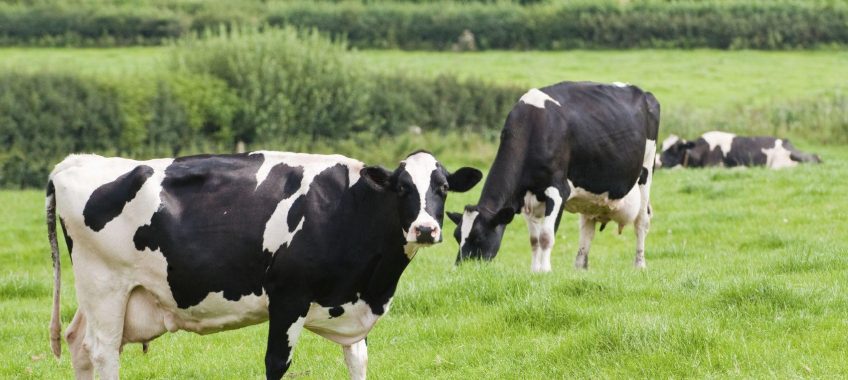12
Jan
Farming dreams are a modern seduction. For city dwellers, the vision of making a living from the earth salves the psychic wounds of a day job, and acts as an antidote to urban malaise. If you could just get out there on the land, far from spreadsheets and stress, cubicles and car alarms, things would surely be different. Eating overripe tomatoes, fresh from the vine and bursting with juice. Cavorting with goats.
This is the life you were meant to live. In your heart and soul, you’re a farmer.
But there’s a big difference between ogling barn listings online and standing knee-deep in pig manure. As farmer and agricultural consultant Rebecca Thistlethwaite, who gives “bootstrapping” seminars to aspiring new farmers, puts it, the vision of “sitting in a lawn chair, overlooking the pasture, raising a glass of wine” is fodder for a rude awakening. How do you negotiate the gap between farm fantasy and reality?
Over the last few decades, the global trend in developed nations has skewed towards bigger, more consolidated farm operations. Yet here in the U.S.,where the vast majority of our 2.1 million farms are classified as small (in terms of sales), there has also been a steady increase in smaller, community supported agriculture (CSA) farms. Hoping to encourage this trend, a host of government-sponsored small farming initiatives have sprung up around the globe, from Japan to India to the U.K.

With thanks for sharing your great web site. https://shop4shoe.com
https://4ilww9uq.com
test_html